What is TAD-600 (Glutathione)
Being synthesized in the liver mainly from amino acids such as L-cysteine, L-glutamic acid and glycine, glutathione is considered an exchangeable amino acid, although it is believed that only about 100 mg of this amino acid can be found in the foods that the average person eats ( usually in protein-rich foods such as meat from various animals), plus a smaller amount of this amino acid is absorbed by the human body, and an even smaller amount is consumed directly by the body. Stress caused by training has been shown to reduce glutathione levels in the body and negatively affect endurance performance, immunity and recovery rates, and therefore the use of special supplements that regulate glutathione levels has a beneficial effect on the physical form of an athlete.
TAD-600 is a pharmaceutical glutathione, a powerful antioxidant found naturally in the body. It is used in medical treatments to combat oxidative stress and detoxify the body. Glutathione plays a vital role in protecting cells from damage caused by free radicals and toxins.
Glutathione is a very powerful natural antioxidant. When you take liver supplements like NAC, it works by increasing glutathione levels in the body, which protects your organs from free radicals and toxins that can damage them. Taking glutathione directly provides a much more effective dose. Glutathione is produced by the liver and is also found in fruits, vegetables and meats.
People take glutathione to treat cataracts and glaucoma, prevent aging, treat or prevent alcoholism, asthma, cancer, heart disease (atherosclerosis and high cholesterol), hepatitis, heart disease liver, diseases that weaken the immune system (including AIDS and chronic fatigue syndrome), memory loss, Alzheimer’s disease, osteoarthritis and Parkinson’s disease. Glutathione is also used to maintain the immune system and fight metal and drug poisoning.
Glutathione is inhaled to treat lung diseases, including idiopathic pulmonary fibrosis, cystic fibrosis, and lung diseases in people with HIV. Health care providers administer glutathione via intramuscular injections to prevent toxic side effects of cancer treatment (chemotherapy) and to treat male infertility. Healthcare providers also administer glutathione intravenously to prevent anemia in kidney patients undergoing hemodialysis, prevent kidney problems after heart bypass surgery, treat Parkinson’s disease, improve blood flow, and reduce clotting in individuals with atherosclerosis , treat diabetes and prevent the toxic side effects of chemotherapy.
Mechanism of action
Glutathione works by neutralizing free radicals, thus preventing cell damage. It also supports detoxification processes in the liver, aids in fat and protein metabolism, and strengthens the immune system by regenerating other antioxidants such as vitamins C and E. Glutathione is a linear tripeptide with a sulfhydryl group, which includes L-glutamine , L-cysteine and glycine. It plays an important function in protecting the body’s cells, being a strong antioxidant. In the human body, a lack of glutathione leads to many diseases, such as Parkinson’s disease, type I tyrosinemia, alcohol poisoning and others. In vivo and in vitro experiments have shown that a lack of glutathione can lead to damage to mitochondria and cell death caused by an increase in the number of toxic oxygen species, leading to an increase in the number of free radicals. The neutralization system with the participation of glutathione plays a unique role in the formation of the body’s resistance to a variety of influences and is the most important protective mechanism of the cell.
Glutathione binds a huge number of lipophilic compounds (physical neutralization), preventing their introduction into the lipid layer of membranes and the disruption of cellular functions. Therefore, glutathione improves cell membrane stability, protects the liver cell membrane, increases enzyme and liver activity, and promotes detoxification and regenerative activity of the liver by destroying free radicals.
Glutathione and COVID-19. Adding glutathione to the treatment of severe COVID-19 can reduce life-threatening complications by restoring the effective functioning of the body’s defense systems, leading to faster recovery and a milder course of the disease.
Use to improve sports results
Glutathione is a very popular supplement used by athletes because it has many beneficial properties and is taken in response to physical effort. It is considered the “master antioxidant” and is the primary detoxifying and anti-inflammatory agent in every cell of the body. It is especially useful in the world of athletics and other sports due to its ability to prevent and eliminate tissue damage, unnecessary inflammation, infections, muscle weakness and overwork.
As an antioxidant, glutathione helps improve athletic performance by protecting cells from damage caused by the formation of free radicals during exercise, especially when their levels exceed the body’s ability to defend against them. For example, an athlete returns to training and preparing for competitions after a long break, a new and difficult training cycle begins, or an athlete is exposed to stress such as being at high altitude (e.g., in the mountains), in a place where smog accumulates either in very hot or cold weather conditions. Studies have shown that if a person experiences these types of stress, they may experience a significant decrease in glutathione levels in the body.
The increased antioxidant protection provided by glutathione can increase endurance, accelerate the body’s recovery and support the athlete’s health during the competitive season. Furthermore, maintaining glutathione levels in the body is believed to protect athletes from recurring infections and diseases which can somewhat prevent athletes from achieving their best results in training and competition. This protection is achieved by improving the absorption of nutrients and amino acids by cells, which are important for the functioning of the immune system, especially lymphocytes and phagocytes.
Athletes can benefit from glutathione, which can be expressed in increasing endurance, strengthening immune system protection, and accelerating the body’s recovery after training.
Because glutathione is not absorbed in the gastrointestinal tract as effectively, it is almost impossible to increase its level in the blood with simple oral administration. Even with the oral administration of an extremely high dose (3 g) of glutathione, it was not possible to achieve any change in the amount of substance circulating in the blood. A 2003 study involved a 61-year-old experienced athlete, a runner, who was injected with four doses of glutathione (1000 mg) intravenously for 36 days. As a result, after running 18.4 miles (29.6 km), he was able to significantly improve his time. Notably, it took him 5 minutes less to cover this distance the last time than the first time; in other words, the result was improved by 7.2%.
What an athlete can achieve
- Relieve muscle and joint pain
- Repair the damage
- Regulate inflammation
- Stimulate the synthesis and growth of muscle proteins
- Reduce the risk of disease or infection
- Prevent muscle fatigue
- Increase energy levels
- Improve the functioning of the cardiovascular system
- They increase physical activity and resistance
Oxidative stress
Glutathione is best known for its ability to prevent oxidative stress. Oxidative stress occurs when antioxidants are insufficient to fight free radicals, which leads to cell and tissue damage. Oxidative stress can occur in many biological systems and cause many negative consequences. Glutathione is superior to other antioxidants at preventing oxidative stress because it can neutralize a wide range of free radicals, either by binding to them directly or by blocking their absorption.
Glutathione deficiency
Physically active people often have a glutathione deficiency. During exercise, the level of glutathione decreases rapidly due to an increase in its absorption by the tissues. The more a person trains, the more exhausted he becomes. This makes oxidative stress more severe and widespread. This can cause a variety of problems, such as muscle and joint pain, weakness, and vulnerability to infection and injury.
Improvement of muscle performance
After a workout, oxidative stress mainly affects the muscles. It can cause muscle fatigue, which reduces the amount of effort your muscles can perform. Because of this, the ability to progress during training decreases and it may be necessary to stop training completely. The time it takes for tissue repair is also affected by a decrease in glutathione levels, which leads to more intense and prolonged pain in muscles and joints, as well as injuries. Glutathione supplements fight oxidative stress by reducing muscle fatigue and promoting recovery after intense physical exertion.
Improves immunity
Glutathione plays an important role in the immune system. It increases or reduces inflammation to a certain level by controlling white blood cells. It also limits the amount of negative cytokines, proteins that send signals that interrupt the proper inflammatory response. Glutathione also helps the immune system prevent and treat infections and diseases. Athletes are more susceptible to these because intense physical activity reduces immunity. Glutathione helps by commanding certain white blood cells, such as NK and T cells, to fight bacteria and viruses.
Inflammation
The process of inflammation does not only occur in injuries such as muscle or ligament sprains; it is also activated to eliminate microscopic muscle tears that occur instantly during exercise. For this reason, glutathione is considered an incredibly effective restorative nutrient, especially useful for those who exercise regularly.
Glutathione and COVID-19
Studies suggest that higher levels of glutathione improve the body’s response to viral infections. Glutathione protects immune cells through its antioxidant properties and helps immune system cells function properly. It can suppress the replication of various viruses at different stages, preventing the increase in viral load and the massive release of inflammatory cells in the lungs (“cytokine storm”). A study by De Flora et al. demonstrated that preventive use of N-acetylcysteine (NAC, a precursor of glutathione) for six months significantly reduces the incidence of flu and flu-like episodes, especially in high-risk older adults. In conditions such as lung cell damage and inflammation in patients with severe ARDS, a deficiency of reduced glutathione worsens lung cell damage due to oxidative stress and inflammation. This can be effectively treated with NAC, which also helps prevent coagulopathy in COVID-19 patients.
Endogenous glutathione deficiency worsens oxidative lung damage caused by SARS-CoV-2, leading to severe symptoms such as acute respiratory distress syndrome, multiple organ failure, and death. People with glutathione deficiency are more susceptible to uncontrolled replication of SARS-CoV-2, resulting in increased viral load. COVID-19 patients with moderate to severe disease have lower glutathione levels, higher ROS levels, and a higher oxidative-reductive state (ROS/GSH ratio) than those with mild disease. Prolonged and severe COVID-19 infection in a patient with significant glutathione deficiency suggests that glutathione depletion correlates with increased viral replication and lung damage. Higher cellular glutathione levels result in milder clinical symptoms and lower viral loads.
Glutathione deficiency is an acquired condition associated with aging, male gender, comorbidities and smoking. Even a reduced intake of fresh fruit and vegetables can lead to deficiency. SARS-CoV-2 poses a danger only to individuals with an endogenous glutathione deficiency, regardless of the cause. This understanding provides new insights into the causes and mechanisms responsible for severe COVID-19 and supports the use of N-acetylcysteine and reduced glutathione for treatment and prevention.
The antiviral effect of glutathione is non-specific, which suggests that it is also active against SARS-CoV-2. Restoring glutathione levels in COVID-19 patients would be a promising therapeutic approach. Long-term oral administration of N-acetylcysteine has been tested as an effective preventive measure against respiratory viral infections. N-acetylcysteine is widely available, safe, inexpensive, and can be used off-label. Parenteral injection of reduced glutathione, which is more bioavailable than NAC, may be an effective therapy for severe cases of COVID-19.
Benefits of Glutathione
- TAD-600 is indicated for various medical conditions, including:
- Liver Disease: Helps in the treatment of hepatitis and other liver disorders by detoxifying harmful substances.
- Cancer treatment: Used to mitigate the toxic side effects of chemotherapy and radiotherapy.
- Immune support: Strengthens the immune system, especially in conditions such as AIDS.
- Neurodegenerative diseases: Helps patients with Parkinson’s and Alzheimer’s diseases by reducing oxidative stress in the brain.
- Cardiovascular diseases: helps in the treatment of atherosclerosis by improving blood flow and reducing blood clotting.
- Lung diseases: Effective in treating lung diseases such as idiopathic pulmonary fibrosis and cystic fibrosis.
- Metabolic disorders: helps in the management of diabetes and the prevention of associated complications.
- Male infertility: used to improve sperm quality and treat infertility in men.
- General Health: Supports overall health by preventing aging, improving memory, and maintaining cellular health.
Dosage and administration
In medicine, for various liver lesions, such as alcoholic cirrhosis, glutathione is used in cycles. In most cases, these are droppers in a dosage of 1200-2400 mg per day for 30 days. The complete cycle for healthy people who want to increase antioxidant protection includes approximately 10 procedures. The duration of one procedure is about 30 minutes, and the intervals between droppers are 1-7 days. The intervals between procedures, as well as the dosage and number of droppers needed, are calculated individually for each client.
A cycle usually includes around 10 intravenous infusions, so maintenance administration of antioxidants can be carried out regularly. The duration of action is also individual and depends on many factors. The cycle can be repeated after a while. Similar cycles are performed in medical clinics as wellness/anti-aging procedures. Most likely, this method will be closest to our goals.
Glutathione can also be administered intramuscularly, which greatly facilitates administration.
Based on the information that can be found on the Internet about the use of glutathione in sports practice, some athletes take an injection every 3 days, someone once a week for the entire cycle.
Dave from the YouTube channel RxMuscle – The Truth in Bodybuilding says to use 200 mg every day.
Unfortunately, there are no exact protocols and it is important to focus on your sensations.
Side effects
Although TAD-600 is generally well tolerated, some potential side effects may include:
- Allergic reactions: rash, itching or swelling.
- Injection site reactions: pain, redness or swelling.
- Gastrointestinal problems: nausea or vomiting.
- Headache or dizziness.
Precautions
- Allergies: Inform your healthcare provider of any known allergies.
- Pregnancy and breastfeeding: Use under medical supervision.
- Chronic conditions: Patients with chronic diseases should consult their doctor before starting treatment.
- Avoid concomitant use with sodium menadione bisulfite, cyanocobalamin, calcium pantothenate, sulfonamide preparations and tetracyclines.
Conservation
TAD-600 should be stored in a cool, dry place, away from direct sunlight. The reconstituted solution should be used immediately to ensure effectiveness and prevent contamination.
Composition
Each vial of TAD-600 contains 600 mg of reduced glutathione. The product is typically administered via intravenous or intramuscular injection.

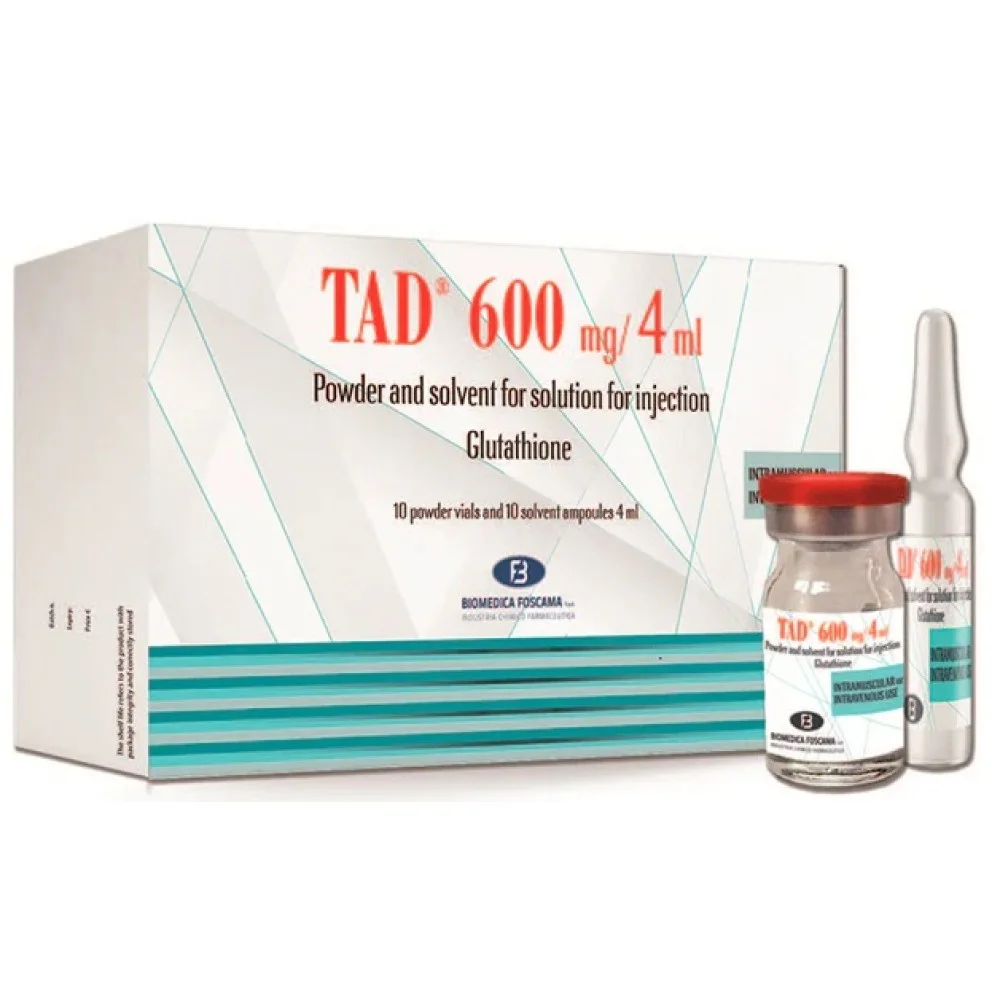
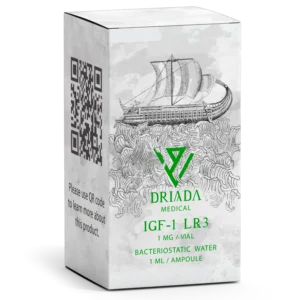


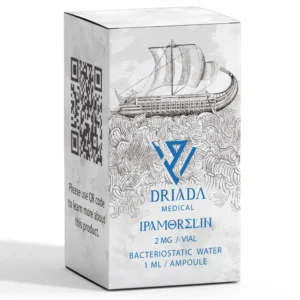

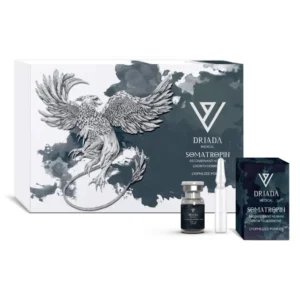

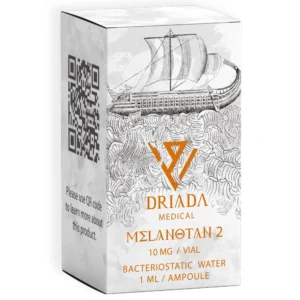
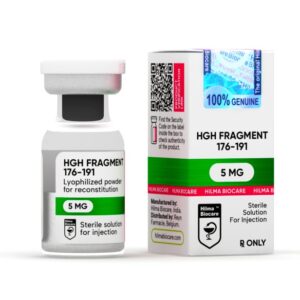
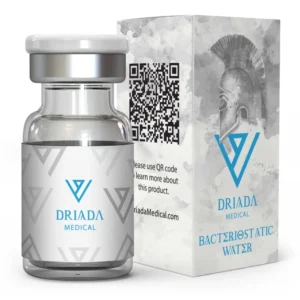
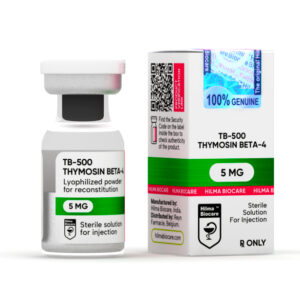
Reviews
There are no reviews yet.